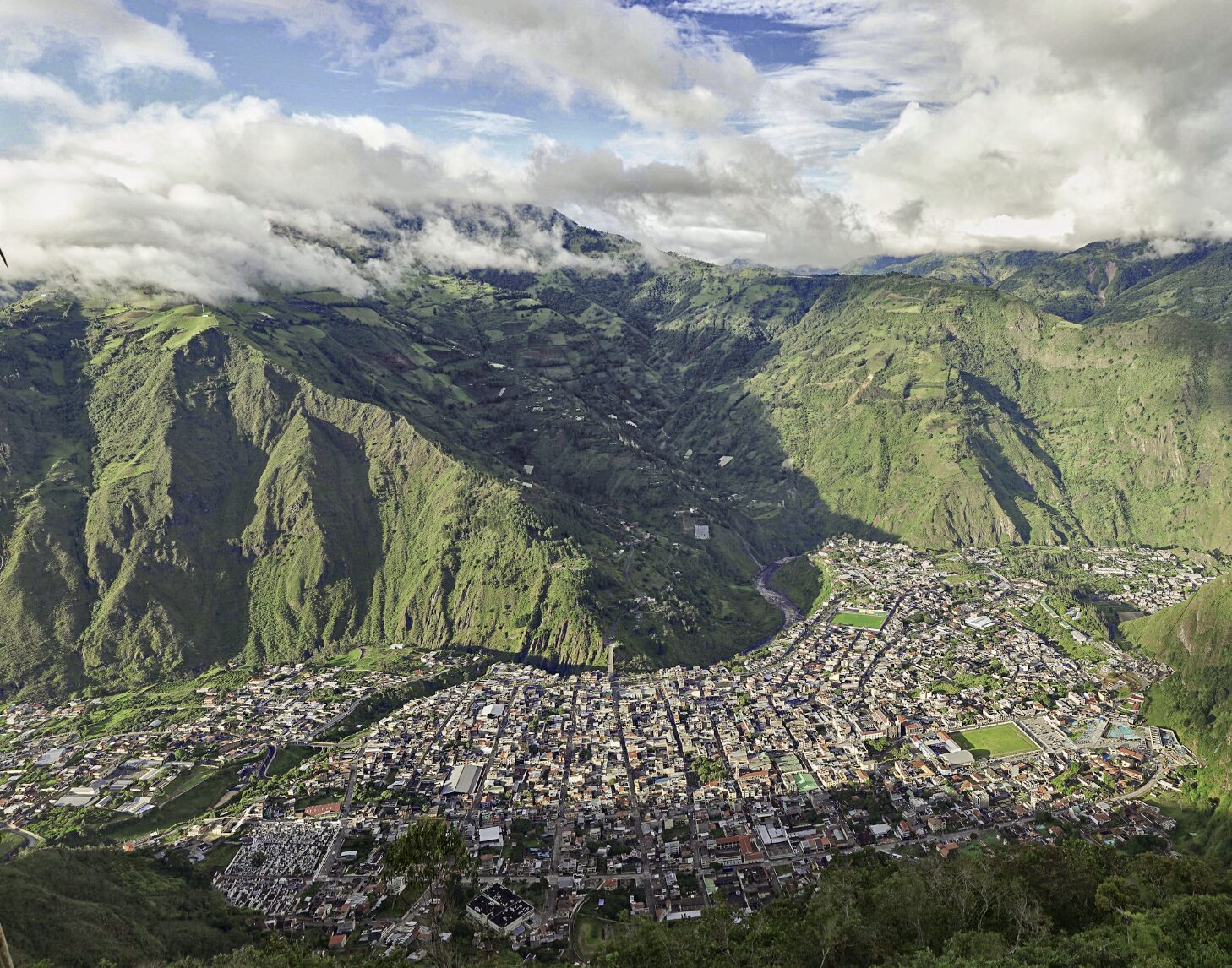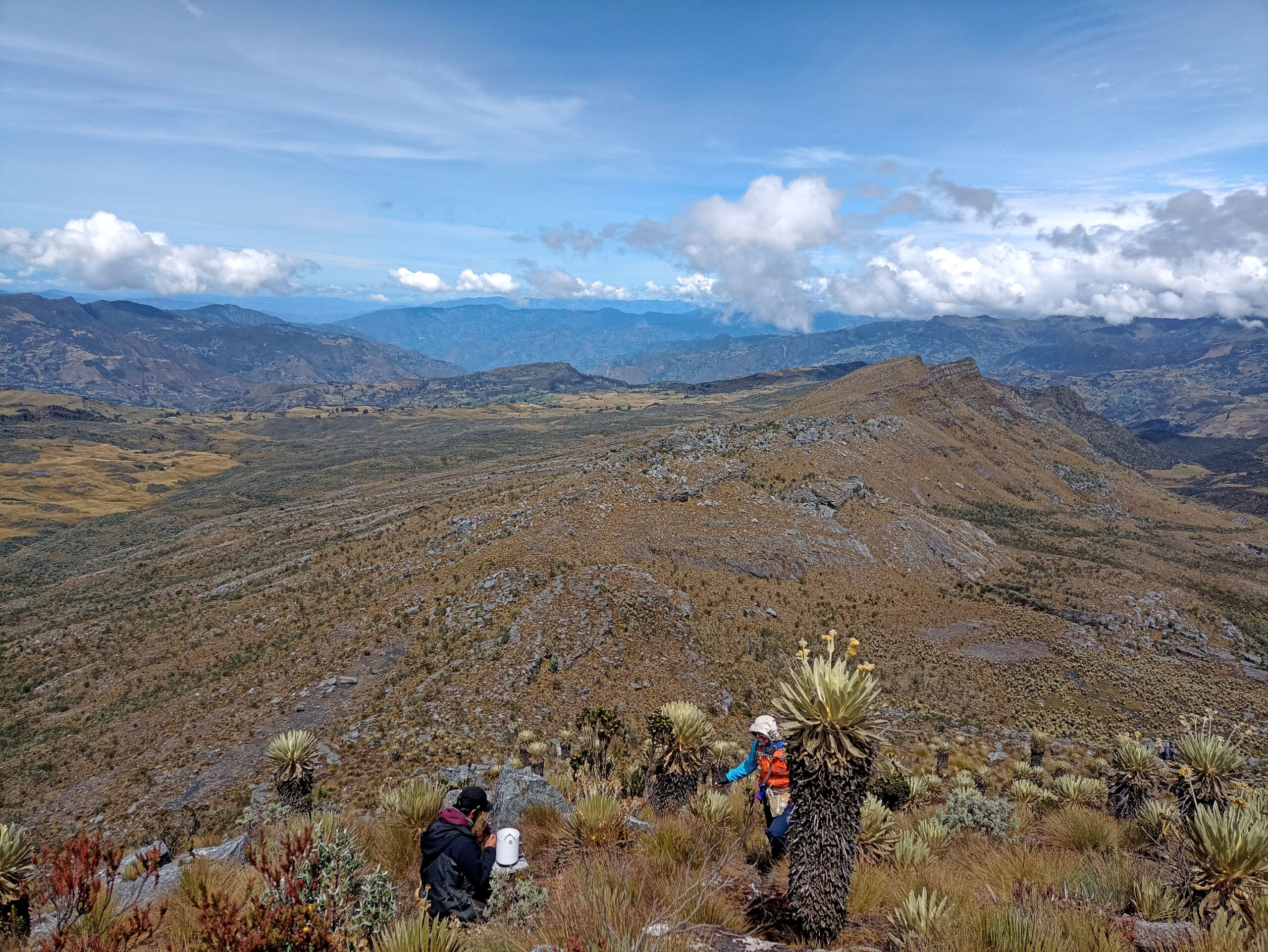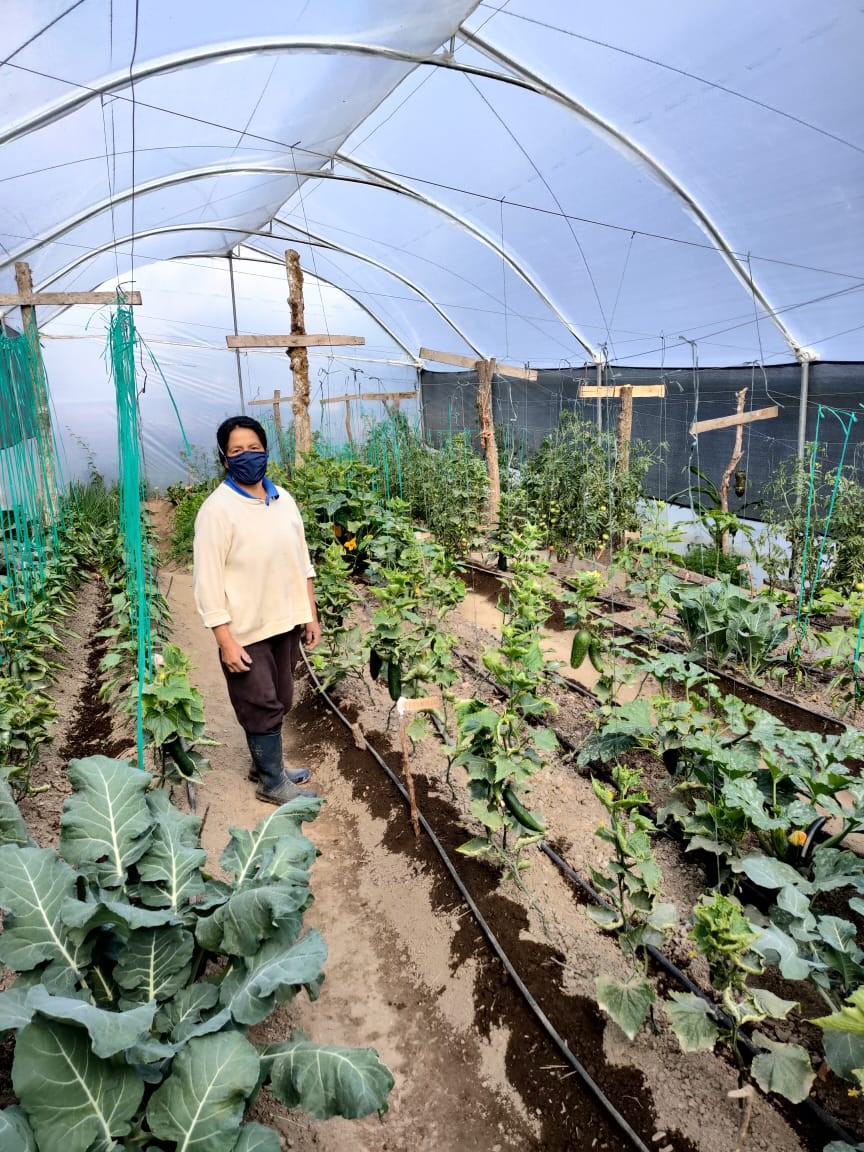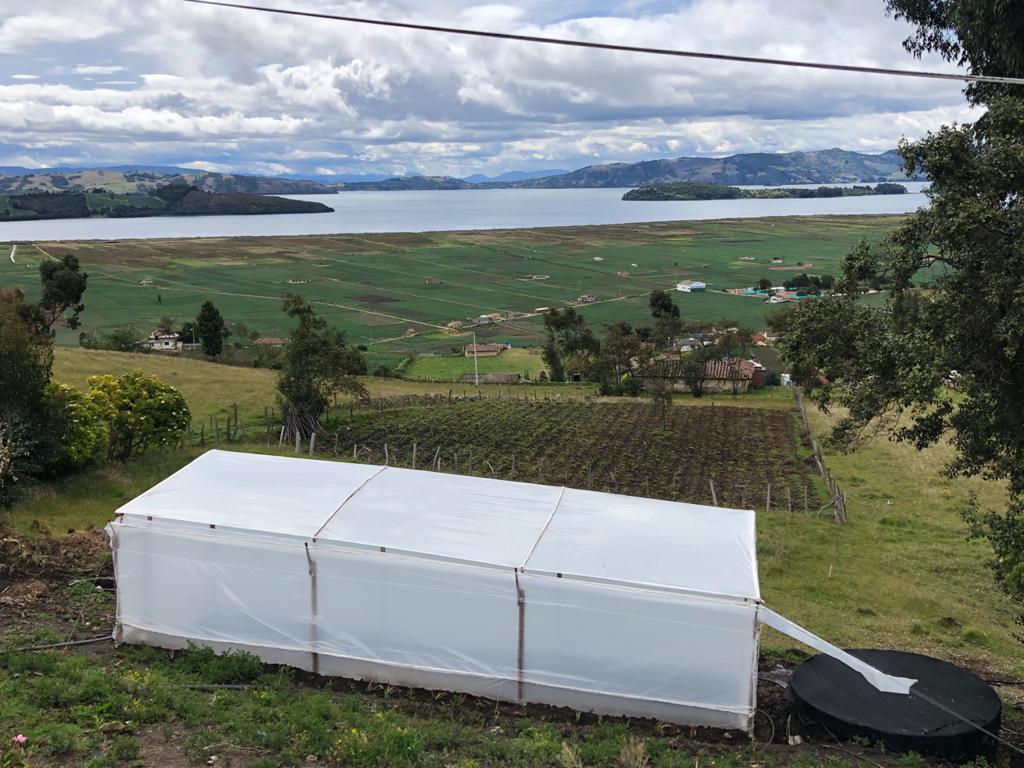Strategies for monitoring and evaluation of climate change adaptation: localizing global approaches into Andean realities

Introduction
While there is increasing progress made at the global scale on understanding climate change (CC) impacts and implementing adaptation solutions, there is still a major gap in documenting and assessing the effectiveness of monitoring and evaluation (M&E) systems for CC adaptation. This is particularly challenging if we consider the diversity of local perceptions and interpretations of what CC adaptation concretely means and how to measure it.
This study evaluates how global approaches on M&E to CC adaptation are being localized in the design and implementation of public policies and territorial strategies for CC adaptation in the Andes in four national and local case studies in Colombia, Ecuador, Peru and Bolivia.
This article is an abridged version of the original text, which can be downloaded from the right-hand column. Please access the original text for more detail, research purposes, full references, or to quote text.
Methodology
The analysis is based on a review of the status of national programs for M&E of CC adaptation and the implementation in those countries of the project “Adaptation to Climate Change Impacts in Water Resources in the Andes” (AICCA).
To identify the major M&E approaches to CC adaptation designed and used at the global level, the authors carried out a literature review of 40 documents including 20 scientific publications and 20 synthesis reports on climate change adaptation M&E tools or methodologies in general as well as those with a specific focus on water security in the four prioritized sub-sectors of the AICCA project (water and basic sanitation, agriculture, minor irrigation, and hydropower).
They then analyzed the M&E systems of the AICCA project in the four Andean countries where it was implemented in Colombia (M&E system for adaptation to climate change in the Lake Tota basin), Ecuador (Vulnerability and climatic risk of hydropower generation in the Machángara river sub-basin), Peru (M&E System of national climate change adaptation measures for the agriculture sector) and Bolivia (Monitoring Program for Sustainable Urban Drainage Systems).
The objectives were to understand what the key actors in these four countries choose to monitor, how they adjust or integrate the different M&E approaches, and how they understand adaptation or vulnerability reduction to climate change. Another goal was to identify possible innovations at the national and local scales, as well as the pending challenges for the design and implementation of M&E systems for climate change adaptation in those countries. This analysis was carried out with the information obtained through the main project’s products and consultations with key actors involved in M&E processes (i.e., final implementation reports, diagnoses, design of methodologies and indicators).
Lessons Learned
- The study found that localization mainly occurs though a bidirectional process across scales: by adapting global norms to the local realities, and by considering local pilots’ potential contribution to the scaling-up of M&E systems at the national scale.
- At the level of national institutional frameworks, the four Andean countries have key documents that mention the need to move towards the design of national M&E systems for adaptation to climate change. In practice, Colombia, Ecuador and Peru have defined national systems of indicators for the M&E of climate change adaptation. In Bolivia, only pilot proposals are found at the local level, without these proposals yet being scaled-up at a national level.
- In general, these monitoring systems have not been fully implemented (with the only exception of Peru) and there are no published results, which makes it difficult to analyze their effectiveness up to now.
- The study highlights the heterogeneity in the adoption of global M&E approaches in the different countries, reflecting the diversity of strategies and local contexts where adaptation occurs. In the four case studies, more than one approach is often being used, demonstrating their transversality in practice and application at different scales.
- It is challenging to attribute impacts to projects or programs which may include many changes resulting from the broader context of implementation. This emphasizes the need for comprehensive monitoring approaches that are transdisciplinary, but at the same time cost- effective.
- Monitoring indicators of changes in the adaptive capacity of human groups is key (e.g., knowledge, capacities, empowerment and participation), as emphasized in the analysis of localization dynamics in the four case studies. Additionally, localization processes highlight the importance to include the most vulnerable populations to climate impacts and their related knowledge in M&E systems to ensure their sustainability in the long-term.
- Monitoring the impacts of adaptation to climate change has a high level of complexity that is not fully reflected in the existing proposals for environmental and social monitoring across the Andes.
- This study indicates the need to further implement participatory M&E systems from the community, as it provides an opportunity to improve the territorial connection of many M&E proposals in the Andean region.
Explore the case studies and findings in more detail on pages 2-9 of the paper.
Suggested Citation:
E. Dupuits, A Garcés, L.D. Llambí and M. Bustamante.”Strategies for monitoring and evaluation of climate change adaptation: localizing global approaches into Andean realities.” npj Climate Action (2024)3:19 ; https://doi.org/10.1038/s44168-023-00097-8







Comments
There is no content